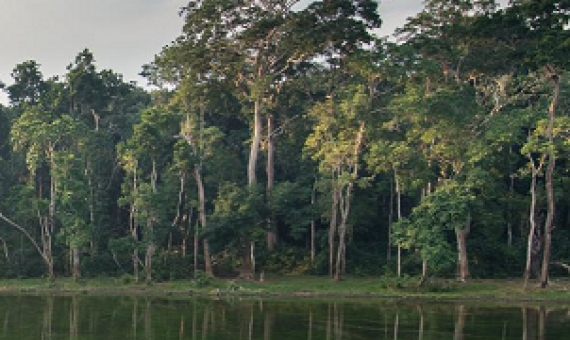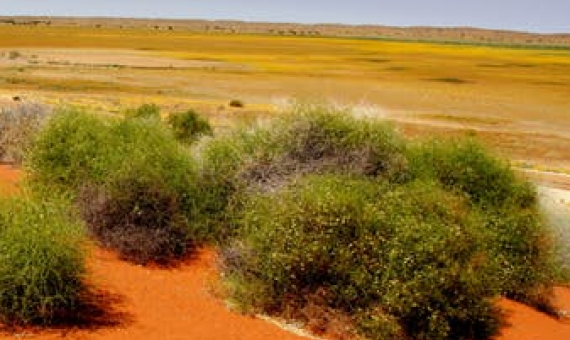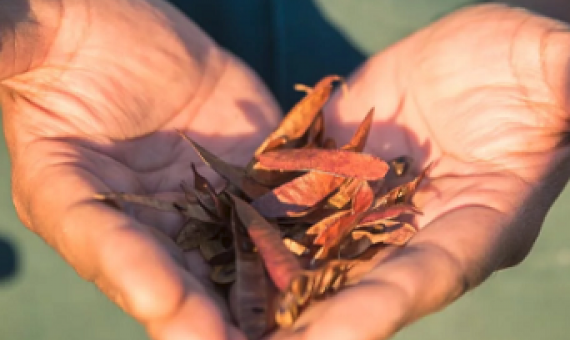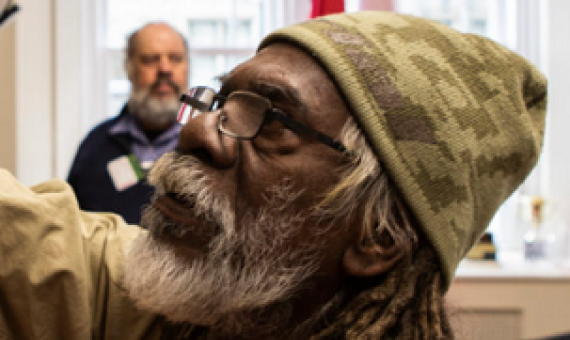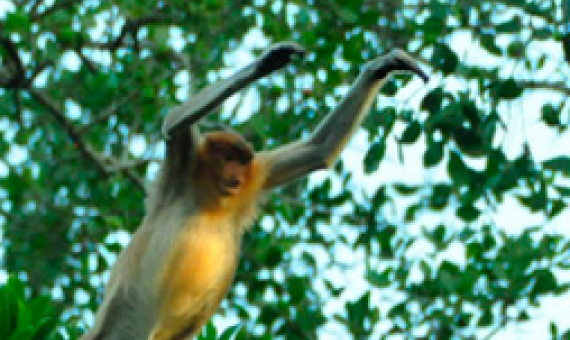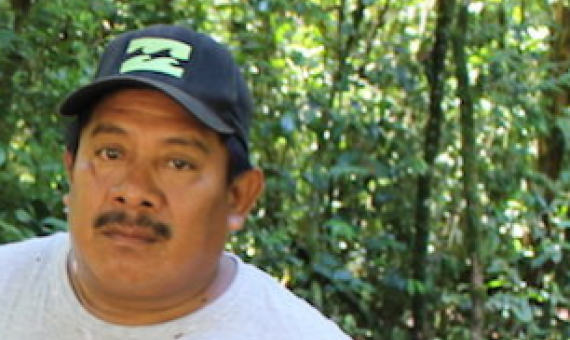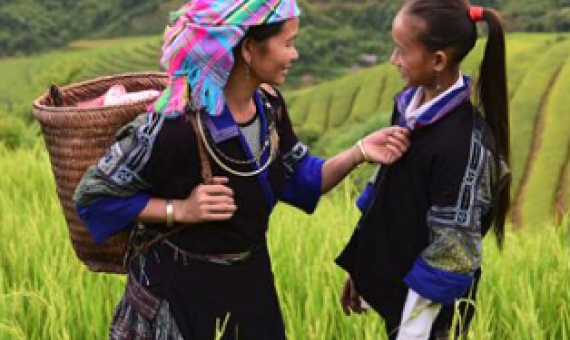Several research studies have revealed that stewardship by forest-dwelling communities considerably slows the rate of forest degradation. Click on the link below to read the full article.
Australia heavily relies on the work of Indigenous rangers to meet our conservation targets, but they’re being short-changed by federal government funding. Click on the link below to read the full article.
It is time for the federal Indigenous Protected Areas and Indigenous Rangers programs to be moved back to the Department of Environment; otherwise, we risk their ongoing success. Click on the link below to read the full article.
Australia has reached its international conservation commitments through Indigenous Protected Areas, creating 3,000 jobs in the process. Will Canada follow suit? Click on the link below to read the full article.
The ‘protected and conserved areas’ paradigm offers the global community an important means through which to respect human rights and appropriately recognize and support millions of square kilometers of lands and waters that are important for biodiversity, ecosystem processes, and connectivity.
When the Guatemalan government designated the Río Sarstún Multiple Use Area in 2005, the local people said it never properly contacted or consulted the indigenous Q’eqchi’ living in the area. Click on the link below to read the full article.
MPs set aside partisanship to mark unqualified success of conservation scheme. Click on the link below to read the full article.
A spatial overview of the global importance of Indigenous lands for conservation
Understanding the scale, location and nature conservation values of the lands over which Indigenous Peoples exercise traditional rights is central to implementation of several global conservation and climate agreements. However, spatial information on Indigenous lands has never been aggregated globally. Here, using publicly available geospatial resources, we show that Indigenous Peoples manage or have tenure rights over at least ~38 million km2 in 87 countries or politically distinct areas on all inhabited continents.
As the Convention on Biological Diversity meeting takes stock of Aichi Targets, the suggestion of bringing indigenous communities’ areas under formal protection is highly contested. Click on the link below to read the full article.
The GEF would like to invite nominations of an individual from the Pacific region to serve on the Global Environment Facility’s (GEF) Indigenous Peoples Advisory Group (IPAG).

